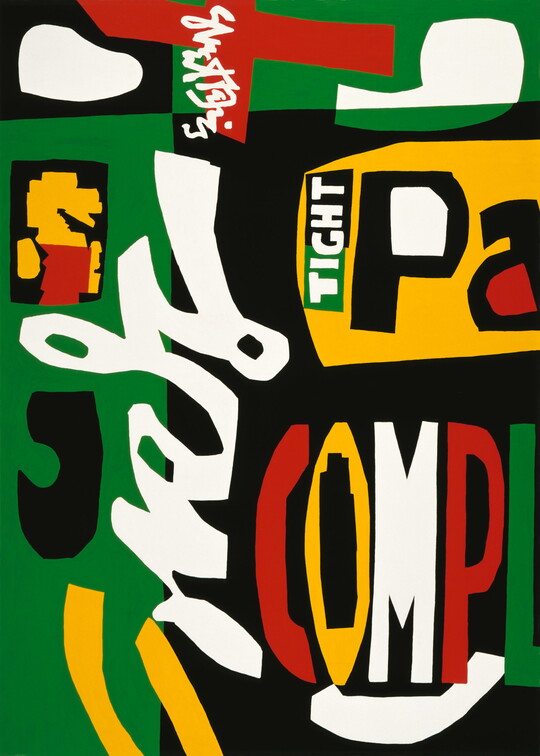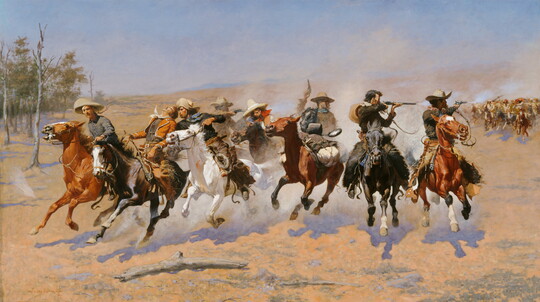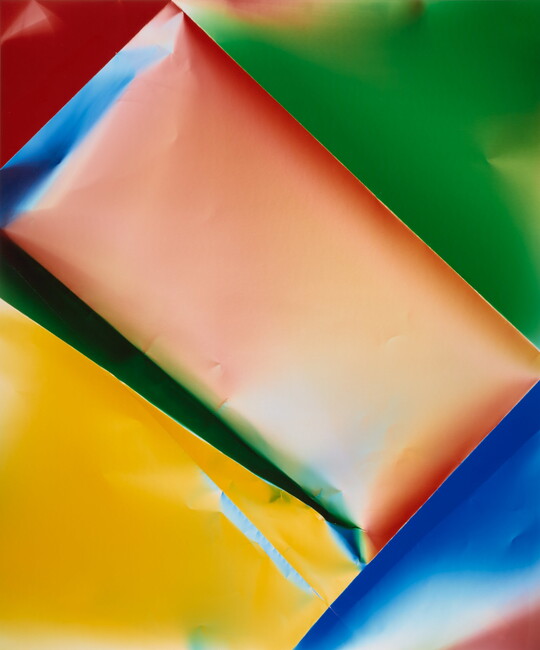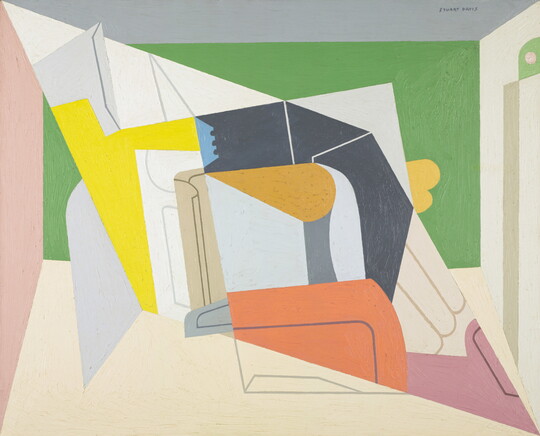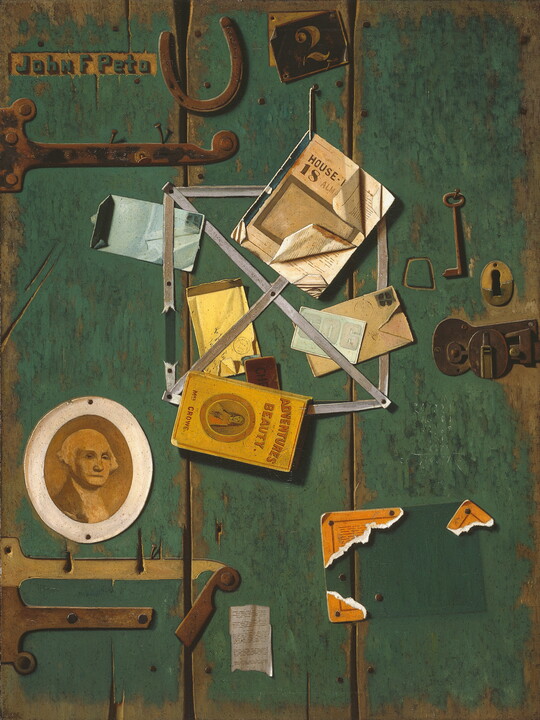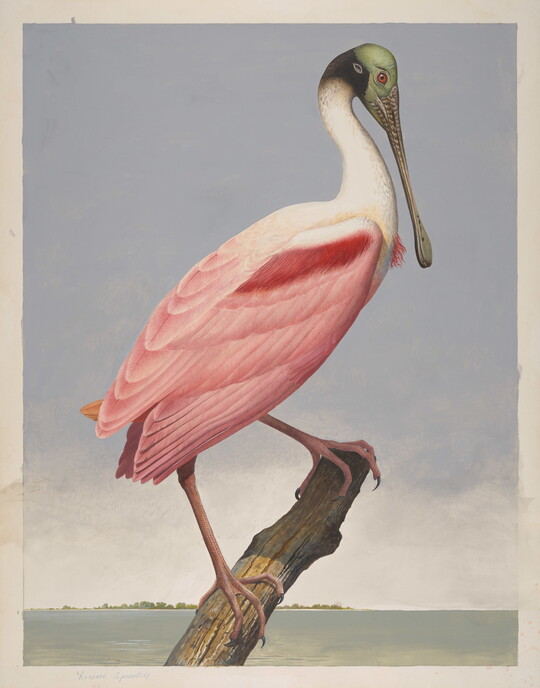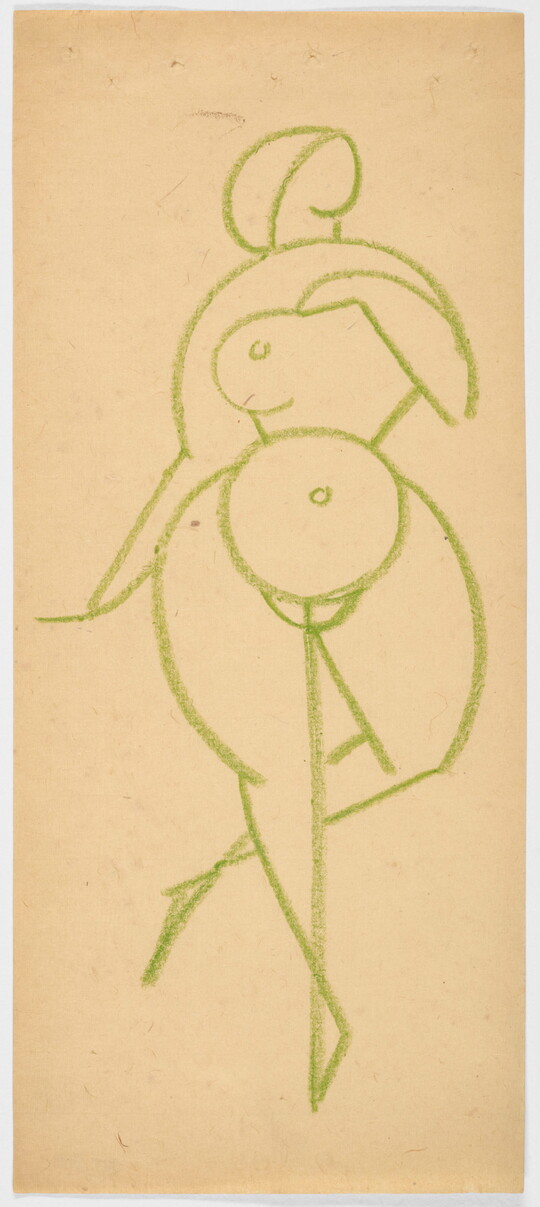



Artwork Images
Photo:
Controls
American Indian Symbols
Object Details
-
Date
1914
-
Object Type
Paintings
-
Medium
Oil on canvas
-
Dimensions
39 1/4 x 39 1/4 in.
-
Inscriptions
Verso:
u.c. in graphite on wood plaque attached to stretcher: MARSDEN HARTLEY \ EST NO 223C C-10856
[removed] label in ink: TR 7101
[removed] printed label: APG 5441
[removed] printed label: APG 14669D
[removed] printed label: [H & A logo] HIRSCHL & ADLER \ Galleries inc. \ 21 East 70th Street, New York, N.Y. 10021 \ ARTIST: Marsden Hartley [typewritten] \ NUMBER: APG 5441 [typewritten] \ TITLE: American Indian Symbols [typewritten and underlined] \ MEDIUM: oil on canvas [typewritten] \ SIZE: 39 x 39 in. [typewritten] \ DATE:
[removed] printed label: [H & A logo] HIRSCHL & ADL [torn] \ Galleries inc. \ 21 East 70th Street, New York, N.Y. [torn] \ [torn]: Marsden Hartley \ [torn]MBER: APG 11345D [typewritten] \ TITLE: Ame[torn]an Indi[torn] [typewritten and underlined] \ M[torn] Oil [torn] [typewritten]
[removed] printed label: [H & A logo] Hirschl & Adler \ Galleries, Inc. \ 21 East 70th Street, New York, N.Y. 10021 \ ARTIST: Marsden Hartley \ (1877-1943) \ NUMBER: APG 14669D \ TITLE: American Indian Symbols [underlined] \ MEDIUM: Oil on canvas \ SIZE: 39 x 39 inches \ DATE:
[removed] printed label: M "Pop Art & the Amer. Tradition" [typewritten] \ April 8 - May 9, 1965 [typewritten] \ Hartley AMERICAN INDIAN SYMBOLS [typewritten] \ Le[n]t by John Brady, Jr. \ Des Moines, Iowa [typewritten] \ MILWAUKEE ART CENTER \ 750 N. LINCOLN MEMORIAL DRIVE, MILWAUKEE 2, WISCONSIN
[removed] label in ink: Collection Pa[torn] \ American \ Indian \ Symbols
-
Credit Line
Amon Carter Museum of American Art, Fort Worth, Texas
-
Accession Number
1999.8
-
Copyright
Public domain
Object Description
While living in Berlin, Germany, Hartley created what he called his Amerika paintings—semi-abstract compositions that incorporate motifs from Indigenous cultures. Part of this series, American Indian Symbols portrays rows of stylized tipis framed within colorful shapes and patterns of Hartley’s own invention. At the time, Hartley did not have direct experience with the Indigenous peoples of North America; he had only encountered artifacts displayed in museums in Berlin and Paris. Decontextualized from their original function and meaning, these artifacts inspired his romanticized imaginings. Simultaneously, they provided Hartley an ideal subject through which he could proclaim and promote his Americanness to audiences in Europe, particularly in Germany, where stereotypical depictions of American Indians featured prominently in popular culture. Hartley’s interest in Indigenous cultures eventually drew him to New Mexico, where he became an outspoken critic of federal efforts to ban traditional Pueblo dances.
—Text taken from the Carter Handbook (2023)
Additional details
Location: On view
See more by Marsden Hartley
Tags
-
Marsden Hartley was interested in American Indian motifs. One summer he painted American Indian Symbols using basic shapes, like circles, rectangles, and triangles as well as a simple color palette of mostly black, blue, red, and white. In the middle of the canvas, a large red triangle with geometric designs resembles a tipi with white flaps at the center opening pulled to the left and the right. An American Indian sits inside the tipi wearing a multicolored war bonnet and wrapped in a blue and red blanket. A black and white pot is next to each of his knees. Outside the tipi, on the left and right corners, are two other American Indians shown in profile and wearing war bonnets that extend down their backs as they look to the outer edges of the canvas. On each side of the main tipi, five tipis stacked on top of each other extend into the background, and their points cut into the sky. The sky fills the top third of the canvas with a large black circle in the center representing the moon and several wheel-like star forms around it. Running down the left edge of the canvas are red and blue waves. Down the right edge of the painting is a military-inspired, black-and-white checkered banner, with some red and blue.
-
How do artists use simple geometric shapes to make complex compositions?
What role does symmetry play in a work of art?
What is a symbol, and why might an artist incorporate symbols in a work of art?
How have representations of Black, Indigenous, people of color, and other marginalized communities changed over time?
-
Grades Pre-K–1
Activity 1
Have students fold a sheet of paper in half and practice drawing shapes on one side. Then have students unfold the sheet and practice creating symmetry on the other half.Activity 2
Read the book And to Name Just a Few: Red, Yellow, Green, Blue by Laurie Rosenwald. Point out how the artist has used red, white, and blue in his painting. Ask students what other objects they know of that are these three colors and have them sketch these objects in the appropriate colors.All Levels
Have students think of all the symbols that are significant in their everyday lives and create a portrait of themselves incorporating these symbols.
Share Educator Resources
Amon Carter Disclaimer
This information is published from the Carter's collection database. Updates and additions based on research and imaging activities are ongoing. The images, titles, and inscriptions are products of their time and are presented here as documentation, not as a reflection of the Carter’s values. If you have corrections or additional information about this object please email us to help us improve our records.
Every effort has been made to accurately determine the rights status of works and their images. Please email us if you have further information on the rights status of a work contrary or in addition to the information in our records.
Related Works
-
Parson Weems' Fable, 1939
Grant Wood
Oil on canvas
1970.43
-
Blips and Ifs, 1963-1964
Stuart Davis
Oil on canvas
1967.195
-
A Dash for the Timber, 1889
Frederic Remington
Oil on canvas
1961.381
-
Zerogram, 2017
Ellen Carey
Dye coupler print
P2018.40
-
Egg Beater No. 2, 1928
Stuart Davis
Oil on canvas
1996.9
-
A Closet Door, 1904-1906
John Frederick Peto
Oil on canvas
1983.158
-
Roseate Spoonbill, ca. 1980-85
Scott Gentling, Stuart Gentling
Graphite, opaque and transparent watercolor on paper
2018.26
-
Green Nude, ca. 1920
Gaston Lachaise
Crayon on paper
2018.4
-
Untitled, 1970
Luchita Hurtado
Lithograph
1970.86






